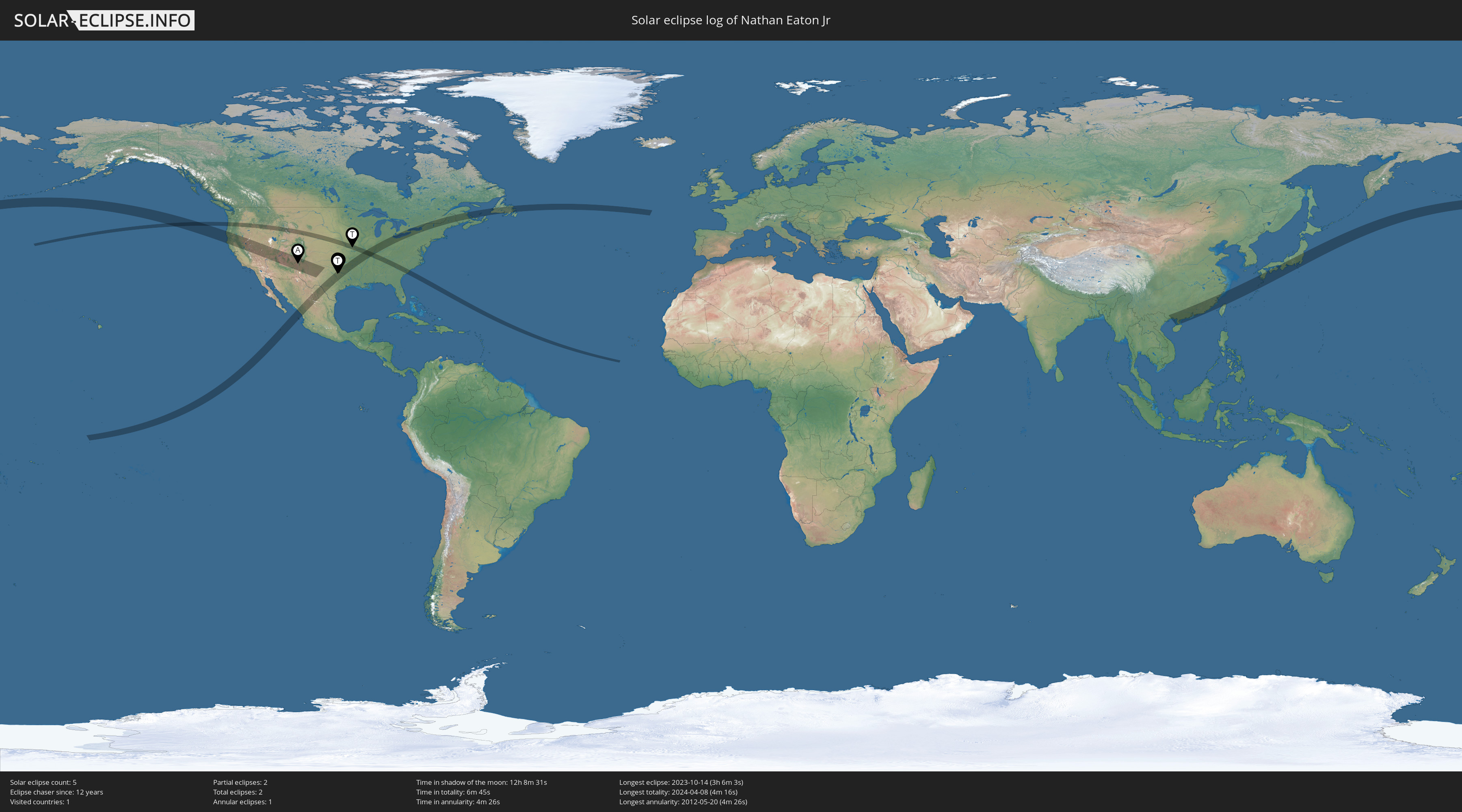On a recent trip to Vancouver Island, staying on the coast of the Georgia Strait in Union Bay, we had a few days of crystal clear weather. On one of those nights I decided to try taking a star trail shot. Rather than taking one long exposure (as with film), my plan was to shoot multiple short exposures and merge them in post processing. Although the sky over the Georgia Strait is relatively dark (Bortle Scale 3), the Moon was nearly full so I followed the techniques outlined in this article about shooting star trails in light polluted skies.
I set up my Nikon D750 and Irix 15mm lens in the backyard of our Airbnb, did some test shots, started the camera intervalometer and went to bed. About 6:30 in the morning, the sunlight streaming into the bedroom woke me and I decided to bring the camera inside before going back to bed. I was a little surprised the camera was still shooting as I'd started it before midnight and had assumed the battery would have died after 4 or 5 hours.
When I took a look at the images captured that night, naturally the ones towards the end were all over-exposed; sunrise had been at 5:12AM. However, I also noticed that the sky never really got fully dark in any of the images. Consulting PhotoPills, it turns out that astronomical twilight that evening was from 11:18PM through 12:01AM and astronomical twilight the next morning was from 11:59PM the previous evening through 3:25AM. In other words, there was never a time when it was truly night (the time between twilights). Being located at almost 50 degrees north latitude and as it was a day before the summer solstice, summer nights there are really short!
This image is my first pass at post-processing and only covers about an hour and 45 minutes. Even still, it took about 4 hours of work to go through the images removing light trails from airplanes and satellites. I have more images to process, at least through 3:25AM (the start of nautical twilight) but besides having a higher number of airplane and satellite trails to edit out, those images also have a lot of ferry traffic on the strait, leaving long bright streaks of light along the waterline. I'll eventually work on those but for now I'm satisfied with what I have done so far.
As you can see, shooting directly out over the strait involved having the camera aimed just a little east of due north. The small arc in the center of all the other concentric arcs is the star Polaris, the North Star. The brighter star trails around it are from stars in constellations like Cassiopeia, Cepheus, Perseus and Cygnus. If you look closely, you'll see some color variations; not all the stars are white.
One light streak I left in that isn't a star trail is on the far right. Blogger doesn't provide a way for you to zoom in but if you could you'd see a small meteor, a shooting star.
Enjoy! Be sure to click on the image to see enlarged.
Update: I've replaced the original image with a revised edit in which I blended a single foreground image for a more natural appearance.






















No comments:
Post a Comment